White Spruce Info: Learn About White Spruce Tree Uses And Care
Looking to plant the perfect Christmas tree? The white spruce could easily win a popularity contest for being hardy and easy to grow.
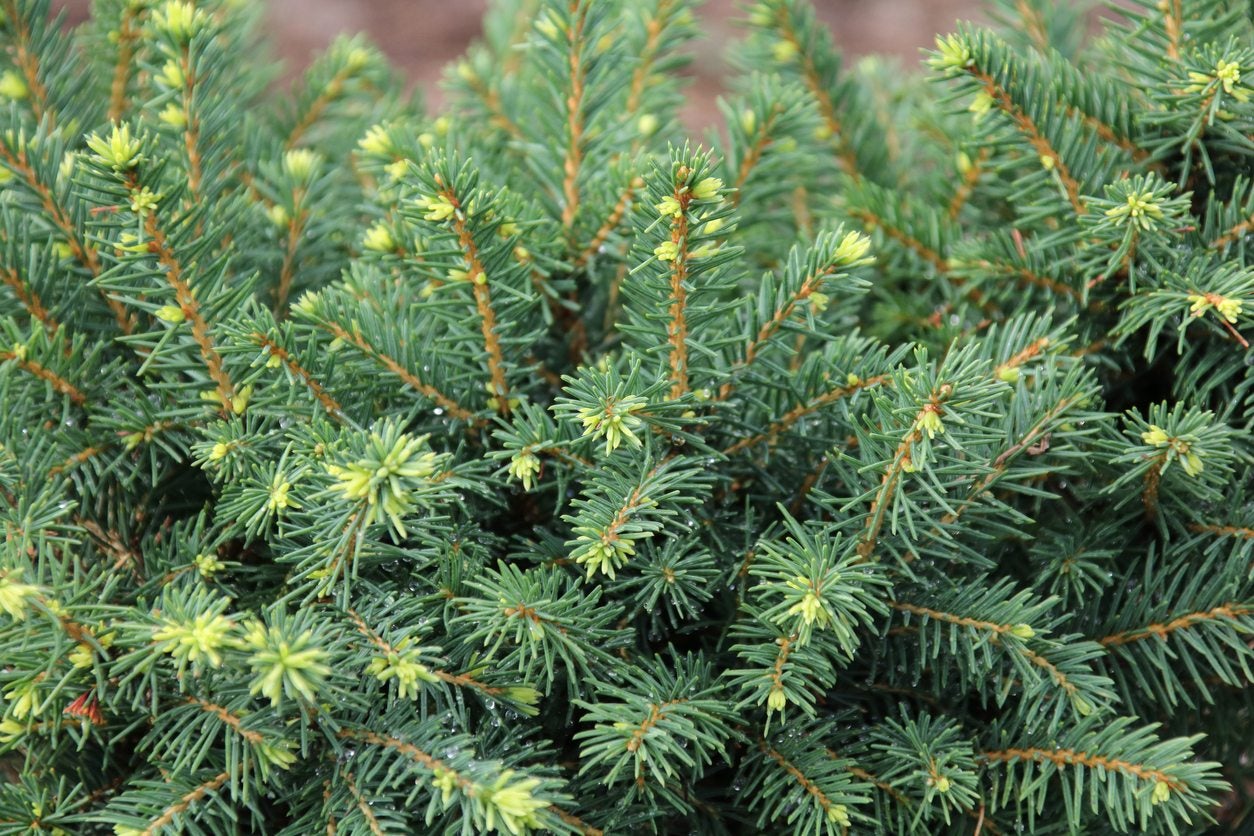

The white spruce (Picea glauca) is one of the most widely growing coniferous trees in North America, with a range all across the eastern United States and Canada, all the way to South Dakota where it is the state tree.
It is one of the most popular Christmas tree choices too. It’s very hardy and easy to grow. Learn more white spruce information, including tips on growing white spruce trees and white spruce tree uses.
White Spruce Information
The most common white spruce tree use is that of Christmas tree farming. Due to their short, stiff needles and evenly spaced branches, they are perfect for ornament hanging.
Beyond that, white spruce trees in landscapes are great as natural windbreaks, or in stands of mixed trees. If not cut down for Christmas, the trees will naturally reach a height of 40 to 60 feet (12-18 m) with a spread of 10 to 20 feet (3-6 m).
These trees are striking, keeping their needles all year long and naturally forming a pyramidal shape all the way down to the ground. They are also an important shelter and food source for native North American wildlife.
Growing White Spruce Trees
Growing white spruce trees in the landscape is very easy and forgiving, as long as your climate is right.
The trees are hardy in USDA zones 2 through 6 and are very tough against cold winter weather and wind.
Gardening tips, videos, info and more delivered right to your inbox!
Sign up for the Gardening Know How newsletter today and receive a free copy of our e-book "How to Grow Delicious Tomatoes".
They prefer full sun and do best with at least six hours of direct sunlight per day, but they are also very tolerant of shade.
They like soil that is slightly acidic and moist but well-draining. Spruce trees grow best in loam but will do well in sand and even well-drained clay.
They can be started both from seeds and cuttings, and saplings transplant very easily.

The only child of a horticulturist and an English teacher, Liz Baessler was destined to become a gardening editor. She has been with Gardening Know how since 2015, and a Senior Editor since 2020. She holds a BA in English from Brandeis University and an MA in English from the University of Geneva, Switzerland. After years of gardening in containers and community garden plots, she finally has a backyard of her own, which she is systematically filling with vegetables and flowers.
-
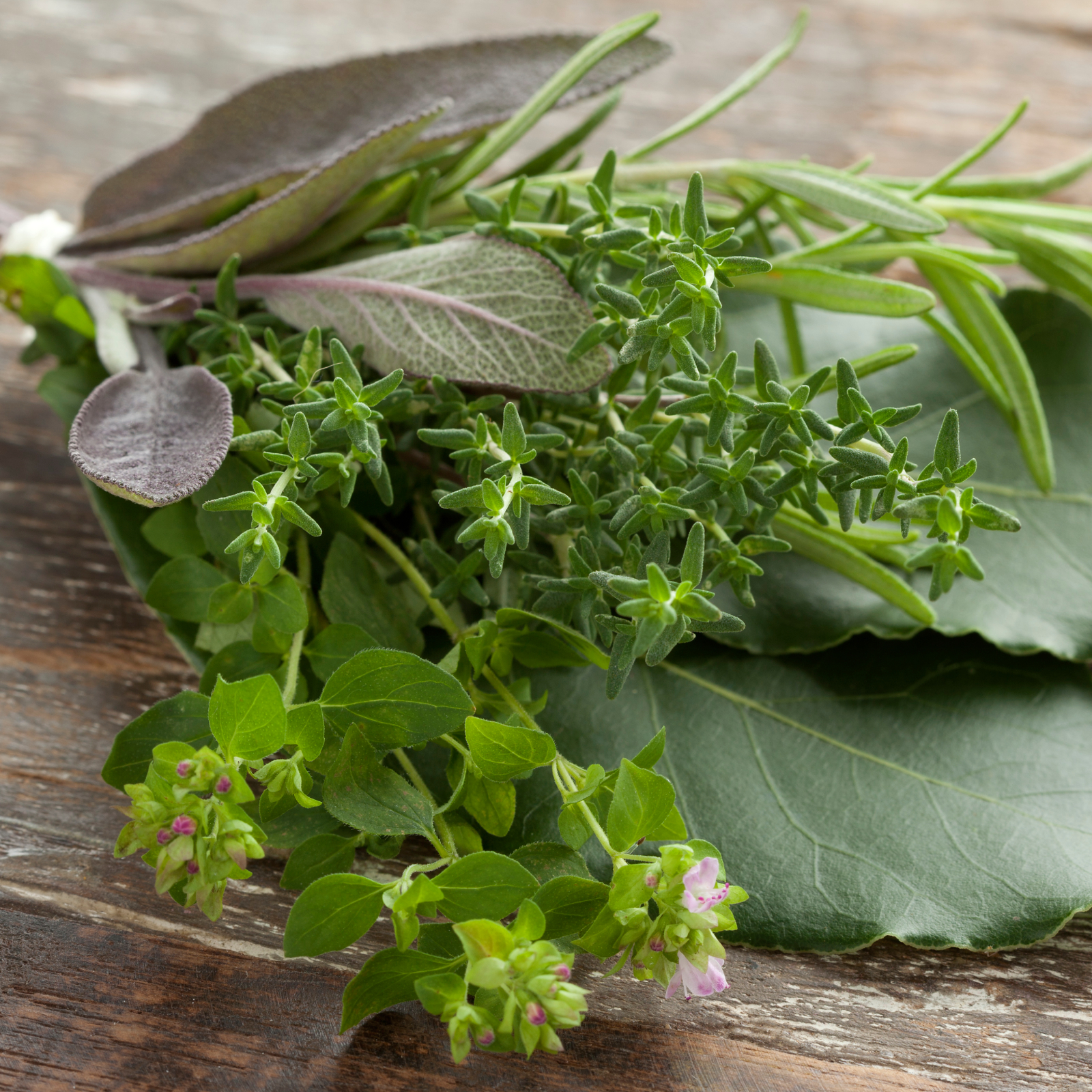 How To Make A Bouquet Garni Or Herb Bundle For Cooking
How To Make A Bouquet Garni Or Herb Bundle For CookingIf you’re a great cook, you may have made an herb bundle before. If this is a new idea, learn how to add sparkle and interest to your dish with a bouquet garni.
By Amy Grant
-
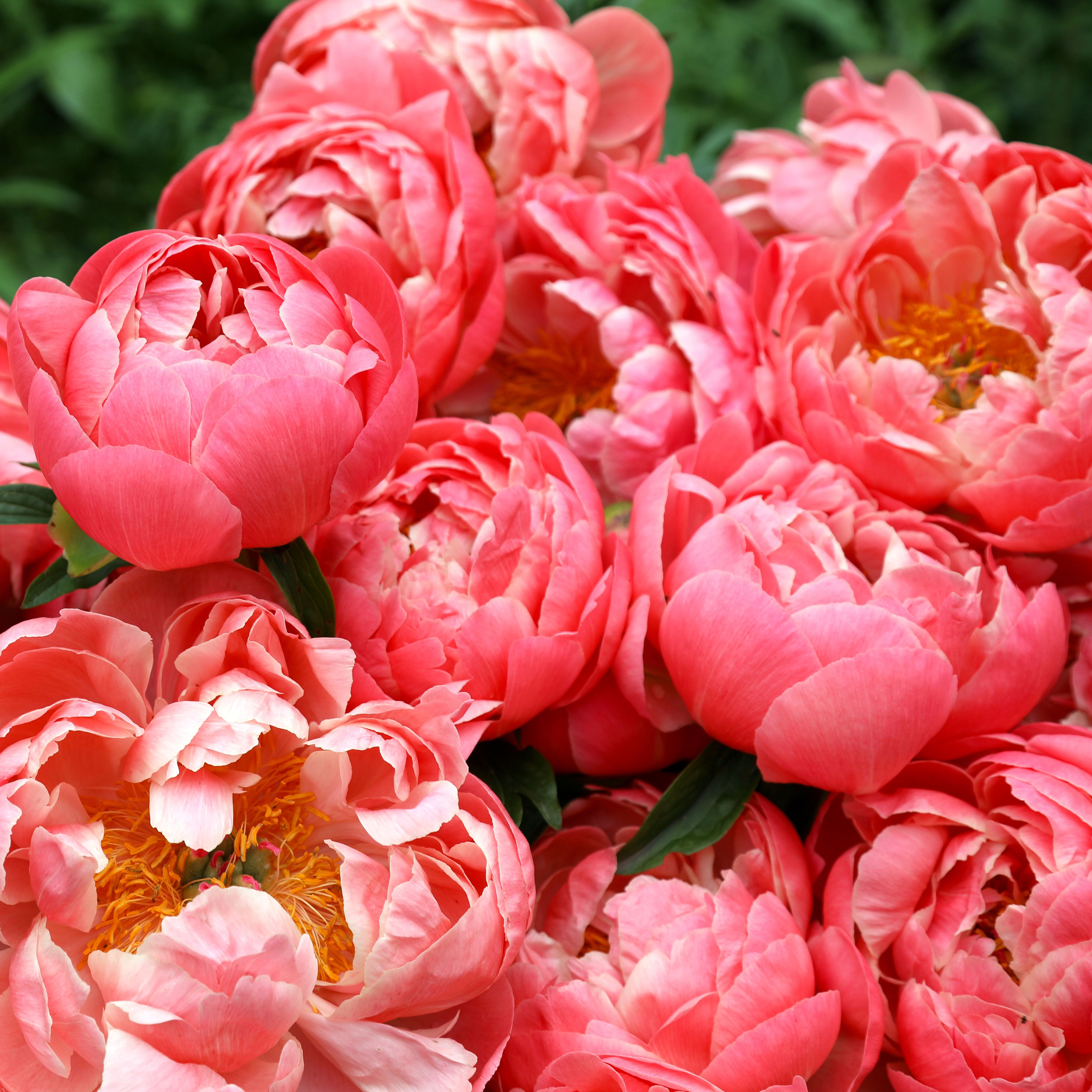 ‘Coral Charm’ Peony Care For Sublime Semi-Double Peonies With Lush Salmon Pink Flowers
‘Coral Charm’ Peony Care For Sublime Semi-Double Peonies With Lush Salmon Pink FlowersPeonies are known for their soft baby pink or magenta tones, but if plushy coral blooms are your thing, here’s our guide to the ultimate ‘Coral Charm’ peony care
By Tonya Barnett
-
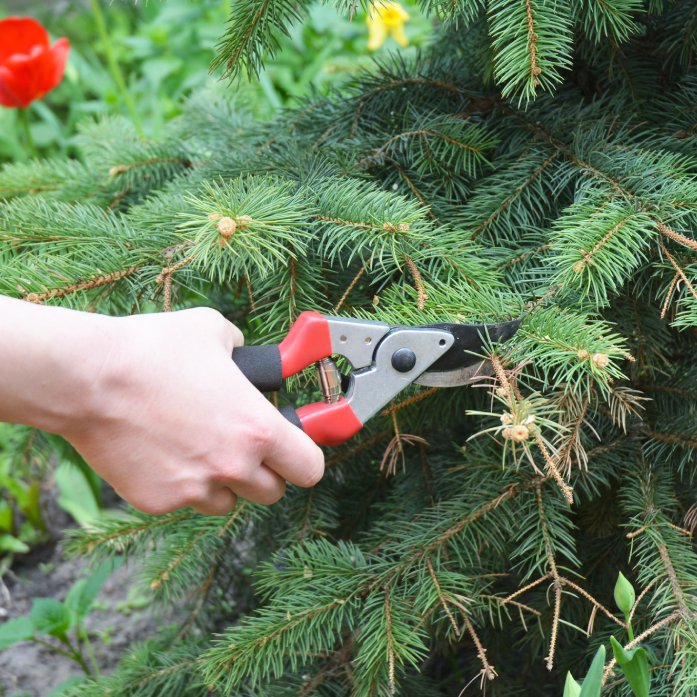 Spruce Pruning Essentials: Best Clipping Care for Healthy Spruce Trees
Spruce Pruning Essentials: Best Clipping Care for Healthy Spruce TreesFor the most part, spruce pruning is not necessary, but it’s good to know how and when to remove damaged branches or control their size.
By Teo Spengler
-
 Engelmann Spruce Information – Where Do Engelmann Spruce Grow
Engelmann Spruce Information – Where Do Engelmann Spruce GrowWhere do Engelmann spruce grow? If you live in a cold zone, these trees might just be your neighbors. Click for more Engelmann spruce info.
By Teo Spengler
-
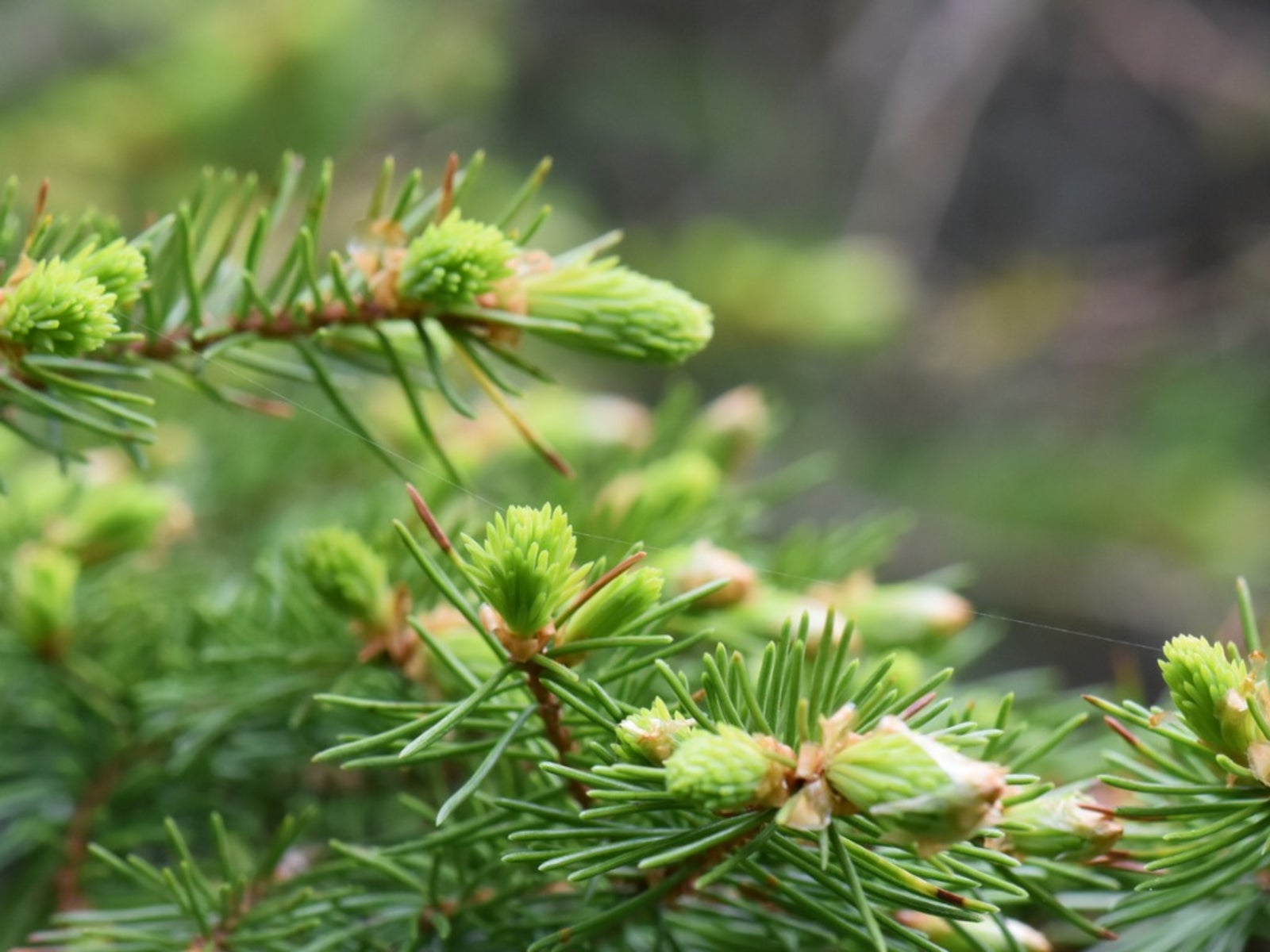 Spruce Needle Rust Control – How To Treat Spruce Needle Rust
Spruce Needle Rust Control – How To Treat Spruce Needle RustAre needles on the ends of spruce branches turning yellow, with the bottom branches most severely affected? It could be spruce needle rust symptoms. What is spruce needle rust, you ask? Click this article to learn more and discover how to treat spruce needle rust.
By Shelley Pierce
-
 Blue Wonder Spruce Info: Tips For Growing Blue Wonder Spruce Trees
Blue Wonder Spruce Info: Tips For Growing Blue Wonder Spruce TreesBlue Wonder spruce trees are great additions to formal gardens or as container plants. These small, conical-shaped evergreens are prized for their shape and for the beautiful, blue-gray color of their needles. Learn more about them in this article.
By Mary Ellen Ellis
-
 Cutting Back Dwarf Spruce: How To Prune Dwarf Spruce Trees
Cutting Back Dwarf Spruce: How To Prune Dwarf Spruce TreesDwarf spruce trees, despite their name, do not stay especially small. Whether you're looking to cut back a large dwarf spruce or just keep one nicely shaped, you need to do a little bit of dwarf spruce pruning. Learn more about how to prune dwarf spruce trees in this article.
By Liz Baessler
-
 Growing New Spruce Trees – Learn How To Propagate A Spruce Tree
Growing New Spruce Trees – Learn How To Propagate A Spruce TreeSpruce tree propagation refers to the different ways that spruce trees reproduce. How to propagate a spruce tree? The methods include growing spruce tree seeds and cuttings. If you are interested in learning about propagation methods for spruce trees, click here.
By Teo Spengler
-
 Norway Spruce Tree Info: Care Of Norway Spruce Trees
Norway Spruce Tree Info: Care Of Norway Spruce TreesNorway spruce is a tough conifer that makes for an easy-care landscape tree. It is also planted extensively for forest restoration and windbreaks. Planting a Norway spruce is easy and this article will help with its care.
By Teo Spengler